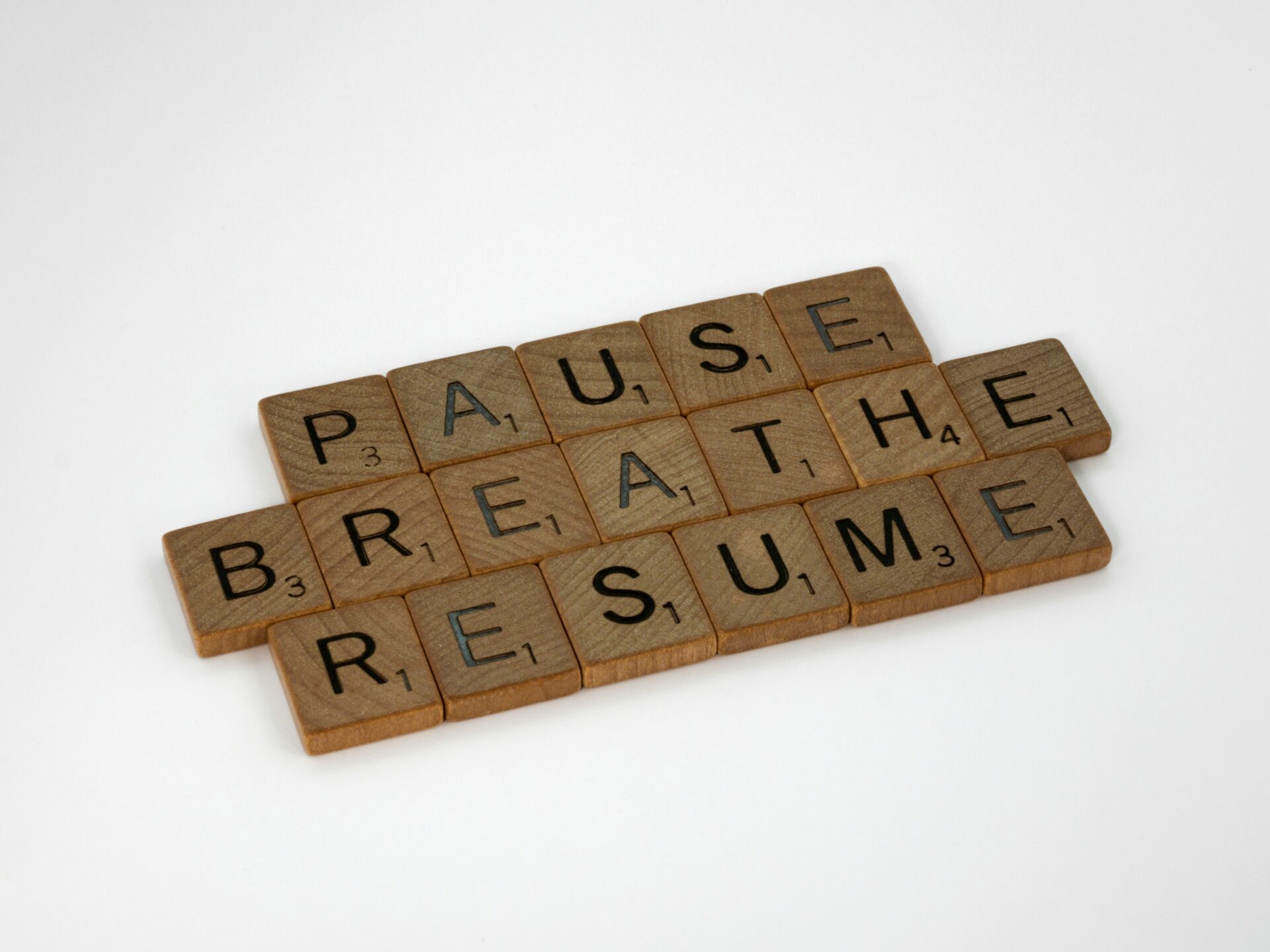
How to Tackle Tough Job Interview Questions Like a Pro
Look for the real question behind the words
Difficult questions usually serve a deeper purpose than they initially let on. Take the classic, “What’s your greatest weakness?” — it’s not really about finding a flaw in your character. What the interviewer really wants to know is whether you’re self-aware and capable of self-improvement. Similarly, when you’re asked, “Why should we hire you?”, the real subtext is: “Do you understand the role, and can you clearly demonstrate how you’d add value?”
It helps you to pause for a moment and ask yourself what the interviewer is really trying to learn about you. Once you understand that, your response can speak directly to their underlying concern.
Don’t be afraid to take a breath
It might feel like you need to answer immediately to prove you’re quick on your feet but taking a few seconds to gather your thoughts is not only acceptable it’s smart. You’re not o a game show. Interviewers actually appreciate when candidates take a moment to reflect before responding, because it signals that you’re thoughtful and not just rattling off memorised lines.
You can say something like, “That’s a really interesting question – let me take a second to think that through.” It’s a small gesture, but it buys you time and demonstrates composure.
Reframe the negative – It’s all in the spin
Many tough questions revolve around challenges you’ve faced, mistakes you’ve made, or weaknesses you’ve had to confront. The trick is not to dodge the question or pretend you’re flawless. Instead, reframe your response to highlight growth, reflection, and resilience.
Let’s say you’re asked to talk about a time you failed. It’s tempting to play it safe and pick something minor, but you’ll make a stronger impression if you choose a real challenge and explain how you turned it into a learning experience.
For this type of response, the STAR method is your best mate. It stands for Situation, Task, Action, and Result, and it’s a simple but powerful structure for telling clear, compelling stories about your past experiences.
Start with the Situation – set the scene. Then explain the Task – what needed to be done, or what your role was. From there, move on to the Action – what you actually did, how you approached the challenge, and why you chose that path. Finally, wrap it up with the Result – what came out of the situation, and more importantly, what you learnt.
For example:
“In a previous role, I was managing a product launch for a client with a very tight deadline. (Situation) My task was to coordinate the timeline across multiple departments to ensure everything went live on schedule. (Task) I misjudged how long the testing phase would take and didn’t build in enough buffer time, which meant we launched a few days late. (Action) Afterwards, I implemented a new process to build in risk margins and pre-scheduled reviews. (Result) It made a huge difference, and that system was later rolled out across other teams.”
You’re not pretending the failure didn’t happen, you’re showing that you took responsibility, learnt from it, and improved.
Keep it real with PAR
Another helpful tool is the PAR method, which stands for Problem, Action, Result. It’s ideal for answering questions about achievements or past work highlights.
You start with the Problem – what challenge or goal were you facing? Then you talk about the Action – what did you do to address it? And finally, you end with the Result – what was the outcome, and how did it add value?
For example:
“Our sales team was underperforming, and morale was low. (Problem) I initiated a new weekly mentoring system where experienced team members coached junior staff on objection handling and product knowledge. (Action) Within three months, sales had increased by 25%, and team satisfaction scores improved significantly. (Result)”
It’s a neat, structured way to demonstrate capability without sounding like you’re bragging.
Left-field questions?
Every now and then, an interviewer might throw in something completely unexpected, like “If you were a type of fruit, what would you be and why?”. These questions aren’t meant to have perfect answers. They’re usually a test of how you respond under pressure, or how
creatively you think. The best approach is to stay calm, smile, and talk through your thinking. You’re not being judged on accuracy, but on attitude.
Be honest — but don’t overshare
There’s a fine line between being authentic and giving too much away. Honesty is important, but you also want to be strategic. You don’t need to share every insecurity or bring up past dramas with previous employers.
For instance, if asked about a weakness, choose one that is real but manageable, and show how you’re working on it. Instead of saying “I’m a perfectionist,” which sounds rehearsed, you might say, “In the past, I’ve been guilty of trying to do everything myself, but I’ve learnt to delegate more effectively by trusting my team and setting clearer priorities.”
The point is to show self-awareness and a willingness to improve, not to make excuses or shift blame.
Turn the interview into a conversation
Finally, remember that an interview is a two-way street. When you get the chance to ask your own questions, use it to show you’re genuinely interested and have done your homework.
Ask about the challenges the team is facing, the goals for the first six months, or the company’s direction. This not only shows initiative, but also gives you better insight into whether the job is the right fit for you.
Difficult interview questions are part of the process — but they don’t have to throw you off your game. With preparation, self-awareness, and a structured approach to storytelling, you can handle anything that comes your way.
Just remember: interviews aren’t about perfection. They’re about potential, mindset, and how well you handle the unexpected.
